Length: 5 Days | Budget: $$
This September, my husband and I crossed a major item off our ‘European Bucket List’ by attending Oktoberfest in Munich. As part of our visit to Oktoberfest, we decided to take advantage of our time in Germany by taking a scenic road trip (a 5-day Romantic Road trip) through the region of Bavaria to stroll through picturesque villages like Rothenburg ob der Tauber and witness the majestic Neuschwanstein Castle in person. Visiting Bavaria also held some personal significance for my husband – Kevin’s grandpa grew up in the area (Wurzburg) and we were excited to see where he spent his childhood, and learn more about the family heritage.

About the Romantic Road
So what is the Romantic Road anyway? Is it a tourist trap? Is it a marketing ploy? Is it one of the most romantic and picturesque drives in the world? Yes, yes, and yes….I can honestly say it’s all three. After World War 2, Germany created the concept of the Romantic Road (a 261-mile long route stretching across Franconian wine country up to the German Alps) as an effort to re-build the tourism industry. Today, it is Germany’s most popular tourist route. And yet, despite being well-marked and attracting millions of visitors every year, the Romantic Road still retains an ‘old world charm’ and features sprawling, unspoiled landscapes.
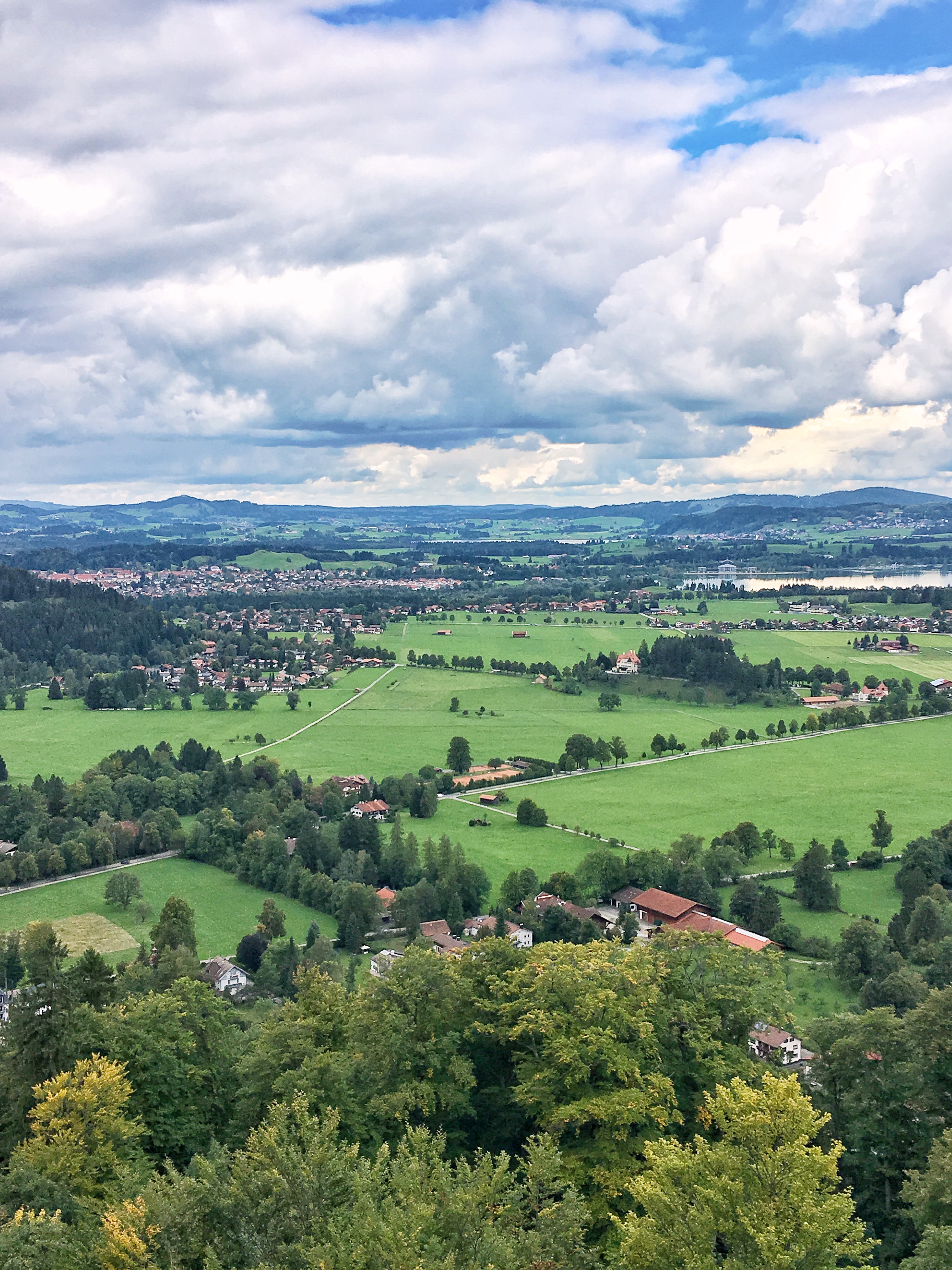
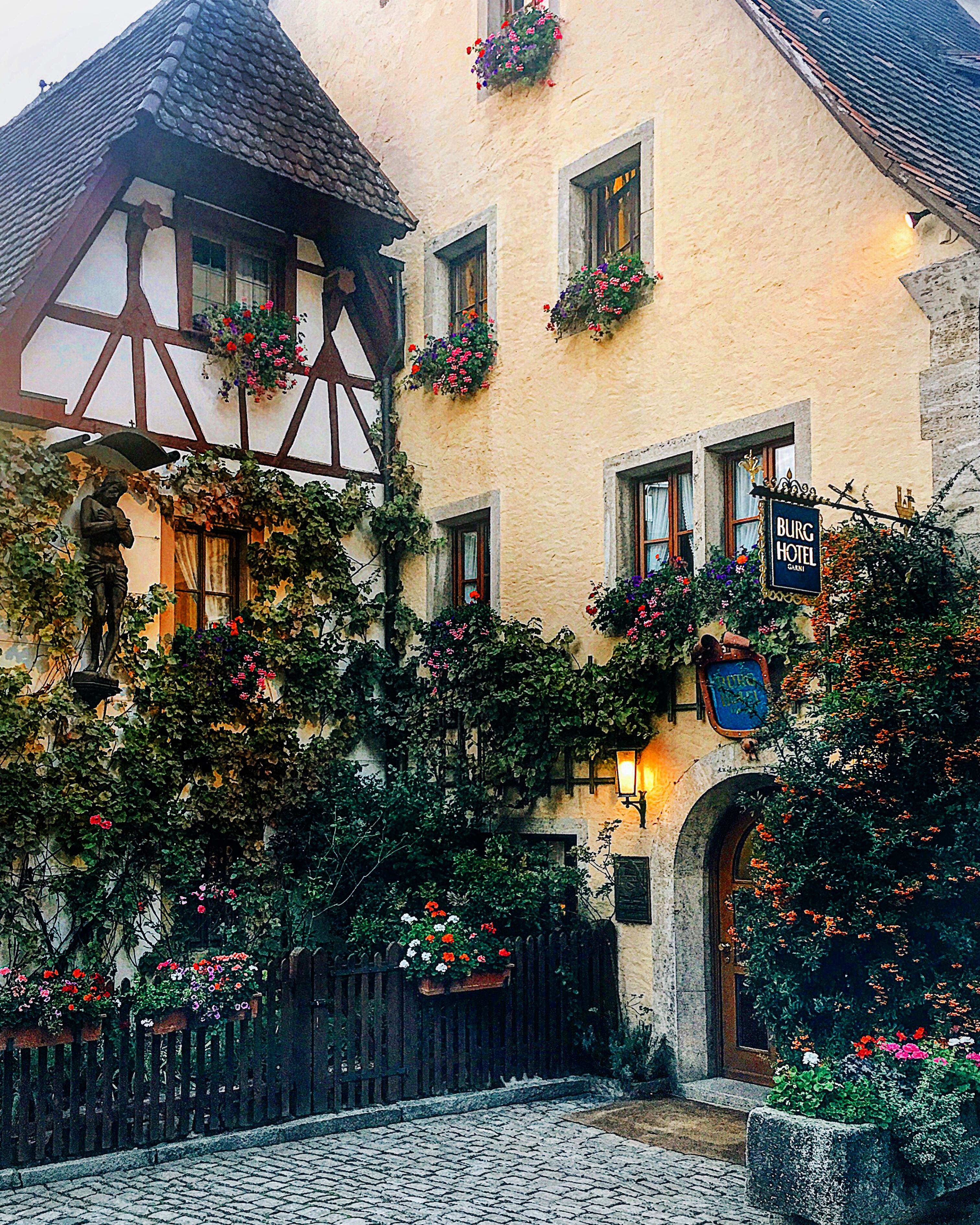
There are several sites as part of the Romantic Road (you can see the official route here), but to be honest, not all of them are worth visiting. We created our own Romantic Road route by cherry-picking a few of the more note-worthy and interesting attractions, check out our itinerary below!
Related Post: 10 Things to Know Before Going to Oktoberfest
Day 1: Neuschwanstein Castle + Fussen
We started our road trip off making an early morning 2-hour journey from Munich to Neuschwanstein Castle. Although there were several Neuschwanstein day bus tours that left from Munich daily, we wanted to rent a car for more flexibility (I would highly recommend doing this). Renting a car also meant that we had the freedom to drive along the Auto-Bahn (these Germany freeways have no federally-mandated speed limit…woohoo!).
Once we arrived in Schwangau (the village where the castle is located), we picked-up our entrance tickets at the Ticket Center. I would highly recommend reserving your tickets to Neuschwanstein online in-advance. A guided tour is required if you’re interested in seeing the inside of the castle (totally worth seeing!). As part of your online reservation, you are assigned a time slot for castle entry and your entrance tickets must be picked-up in person an hour in advance of the entry time.
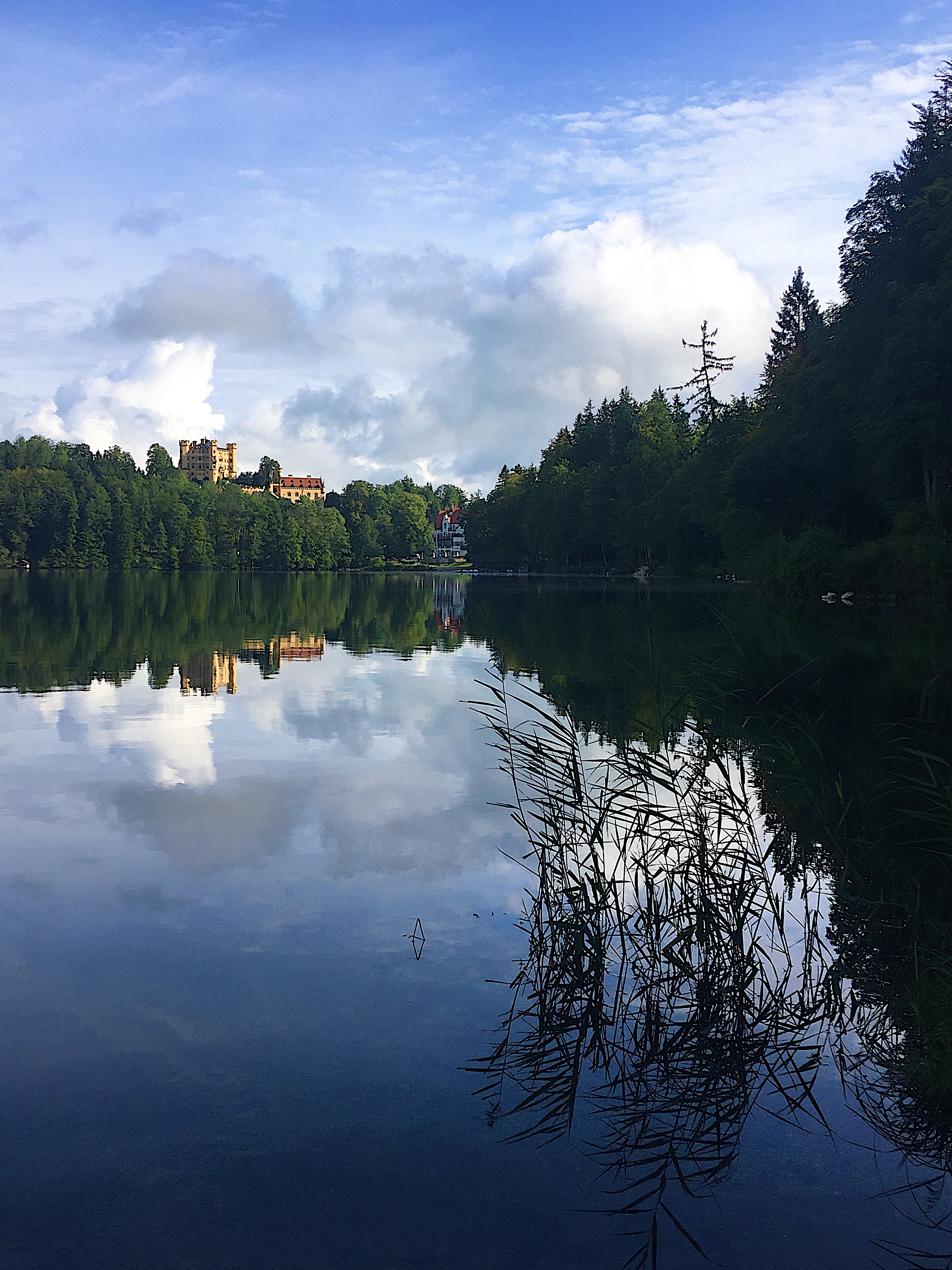

Our Neuschwanstein entry time was at noon, so we decided to spend some time walking around the village lake and touring the neighboring Hohenschwangau Castle. The Hohenschwangau is not as famous or impressive as Neuschwanstein, but still boasts some decadent interiors and impressive views. It was also the place where King Ludwig spent much of his childhood – in fact, many historians believe this 19th-century palace is where Ludwig got most of his inspiration for the grand Neuschwanstein.

At noon, we made our way into Neuschwanstein and found ourselves marveling at the architecture and interior design of the castle. It really is a sight-to-behold, and looks like it was plucked straight out of a fairy tale. In fact, it’s rumored that Neuschwanstein was actually the inspiration for Walt Disney’s Cinderella castle (the resemblance is striking isn’t it?).
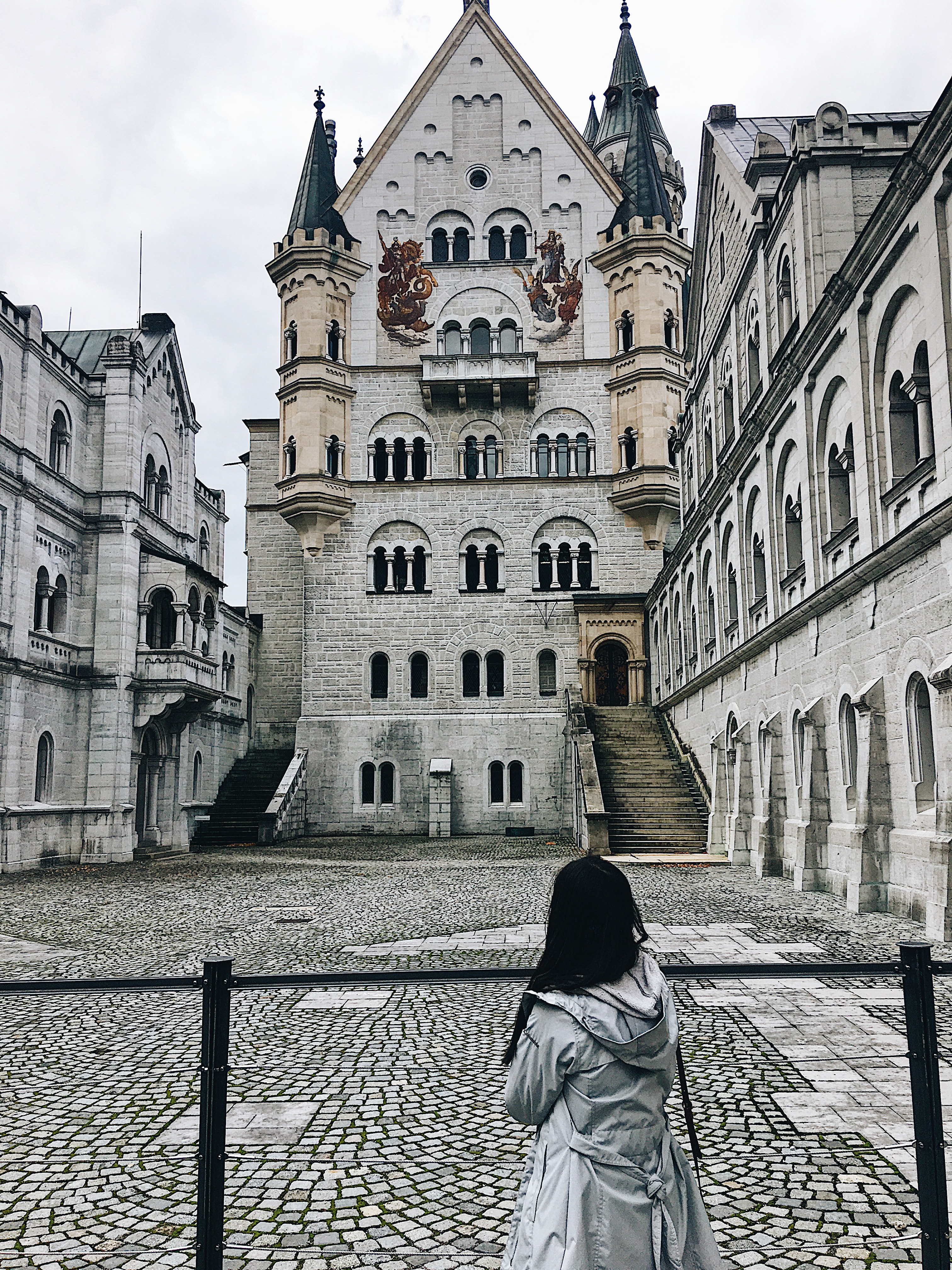
Once our guided tour of Neuschwanstein was finished, we headed to the Marienbrucke (also known as St. Mary’s Bridge) to capture THAT iconic shot of the castle.


TIP: The Marienbrucke can get extremely crowded with tourists (it’s actually kind of scary…I was so nervous that the bridge would collapse from the foot traffic!). For the best views of Neuschwanstein, I’d actually recommend crossing Marienbrucke and taking pictures from the hill a short hike away. The path is not very well-marked but you’ll be able to see it once you get off the bridge. It’s worth making the trek because the views of the castle are magnificent, and best of all, no crowds!


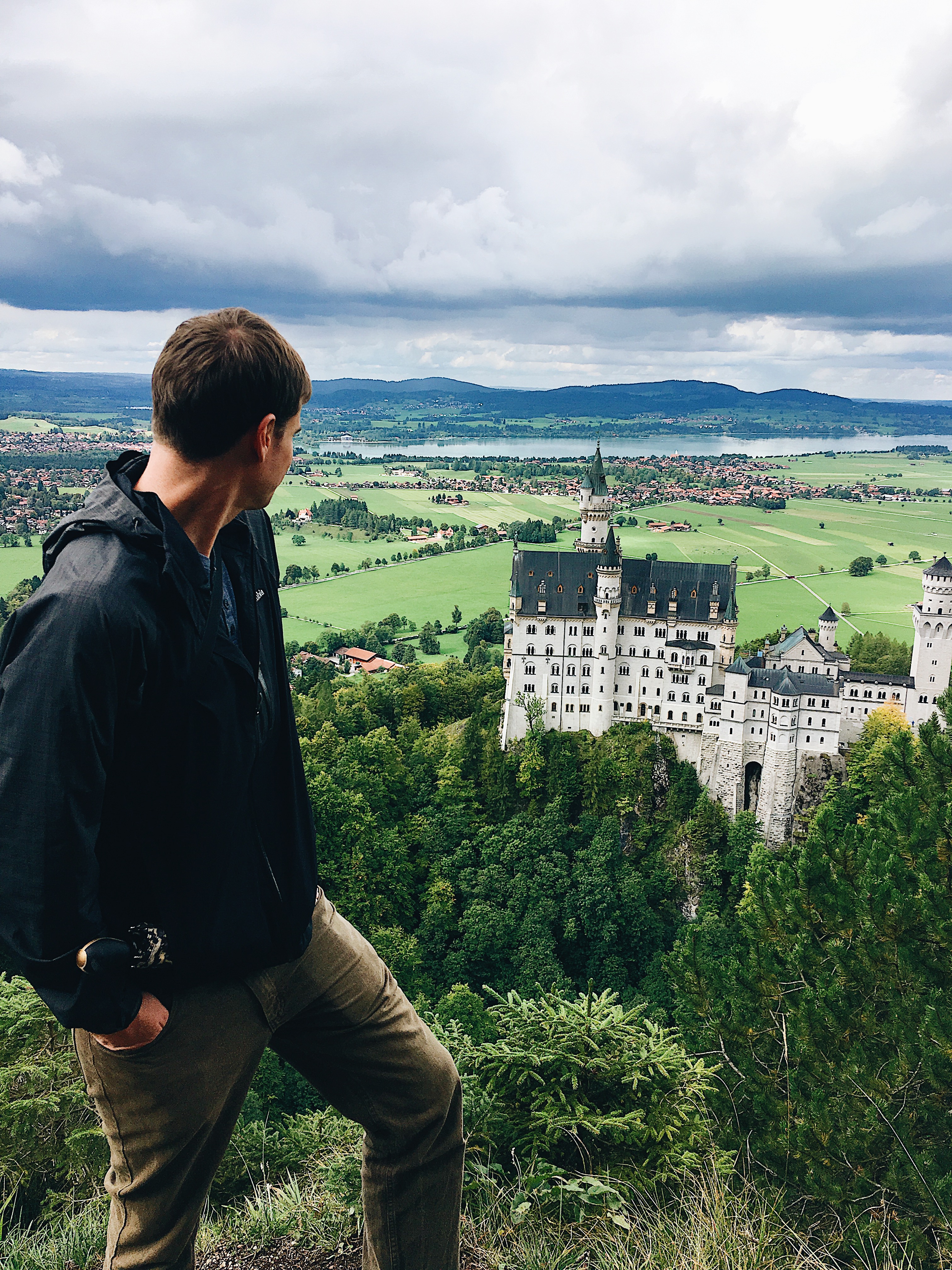
After Neuschwanstein, we made the 10-minute drive to the village of Fussen, where we spent the rest of the afternoon exploring the colorful streets and boutique shops.



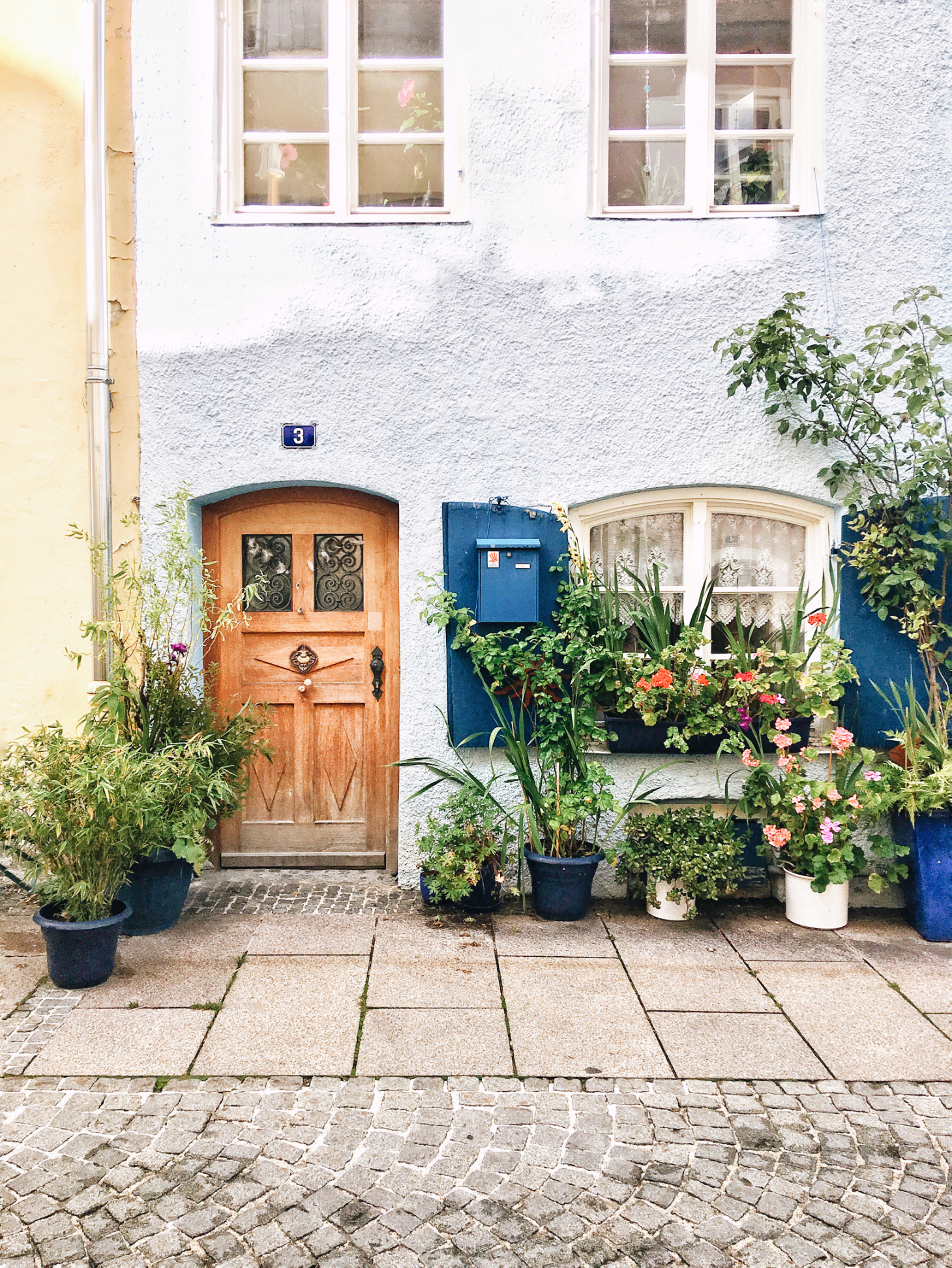



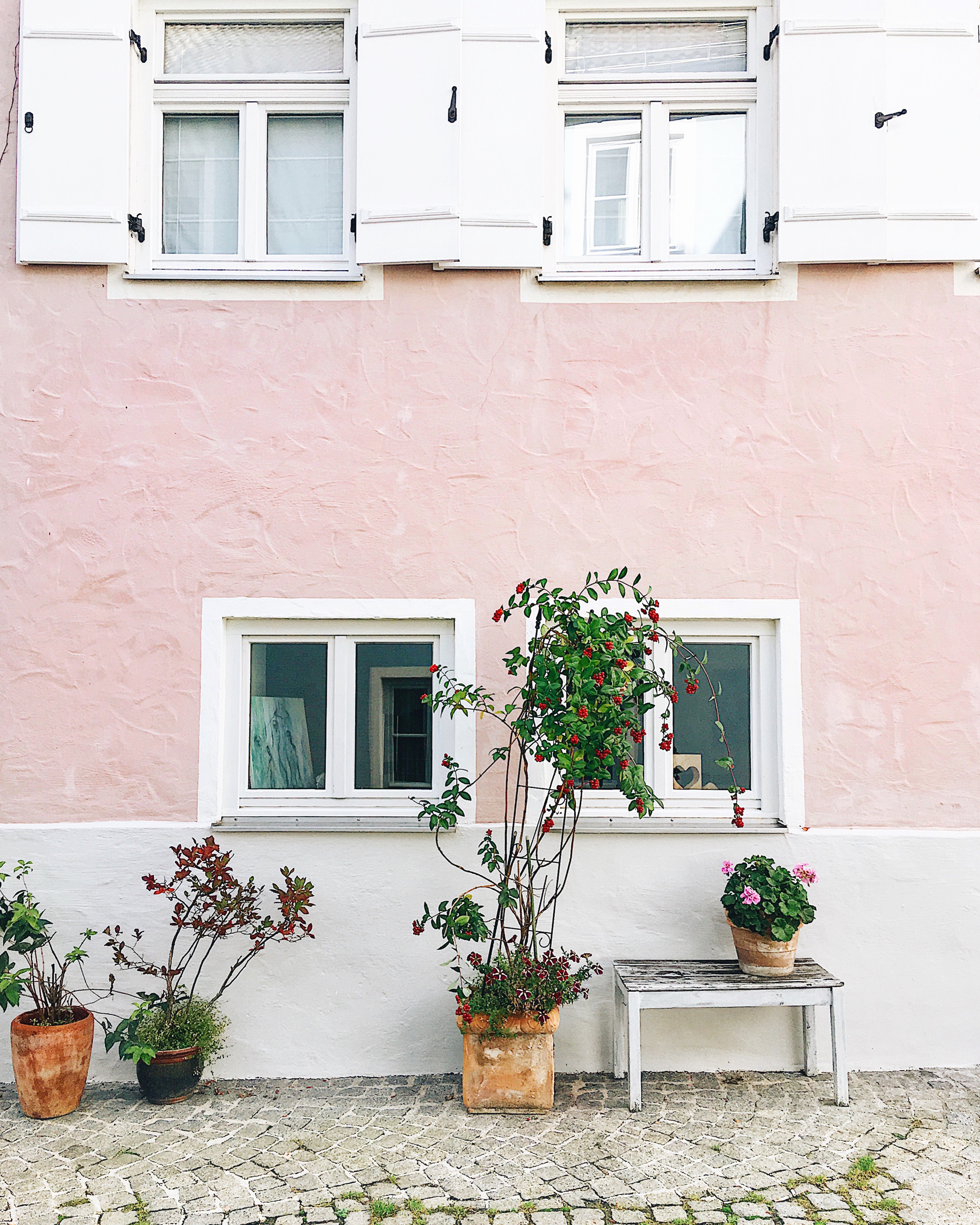
It was in one of these adorable shops where we discovered the ‘Wolpertinger‘, a mythical rabbit/deer/pheasant-like hybrid creature said to inhabit the alpine forests of Bavaria (just to be completely clear…we didn’t see an actual Wolpertinger, but we did see plenty of stuffed animals resembling said mythical creature). This was of utmost interest for us since our surname is ‘Wolpert’ and my husband’s family is from Bavaria. You can probably guess what our new spirit animal is!
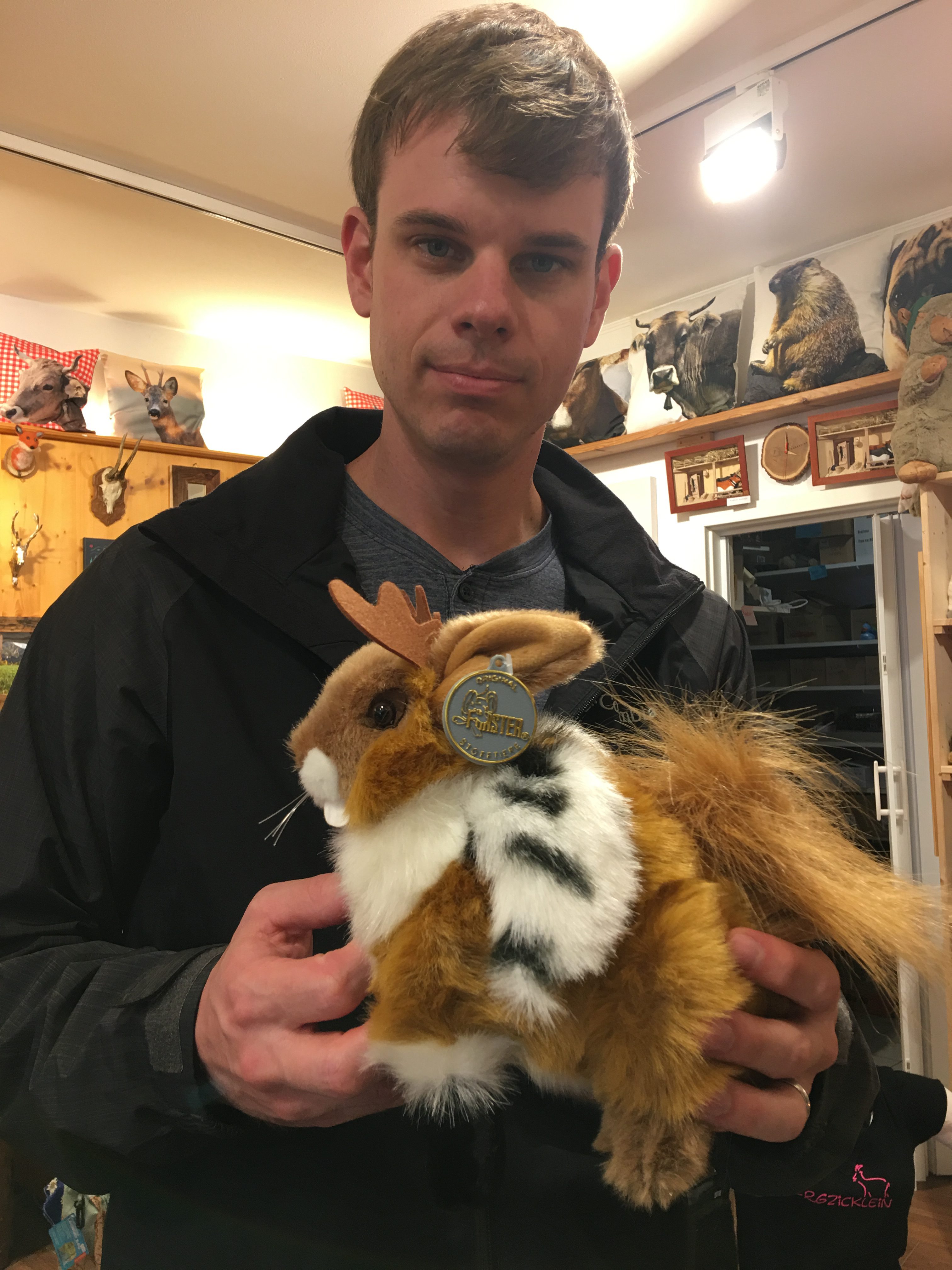
TIP: I would recommend staying the night in Fussen. There are several hotel and restaurant options in the village making it a convenient place to rest and re-charge for a long road trip ahead! We loved our stay at Hotel Hirsch, a boutique hotel which offered spacious rooms in traditional Bavarian design, a restaurant and beer garden, and a wonderful buffet breakfast.
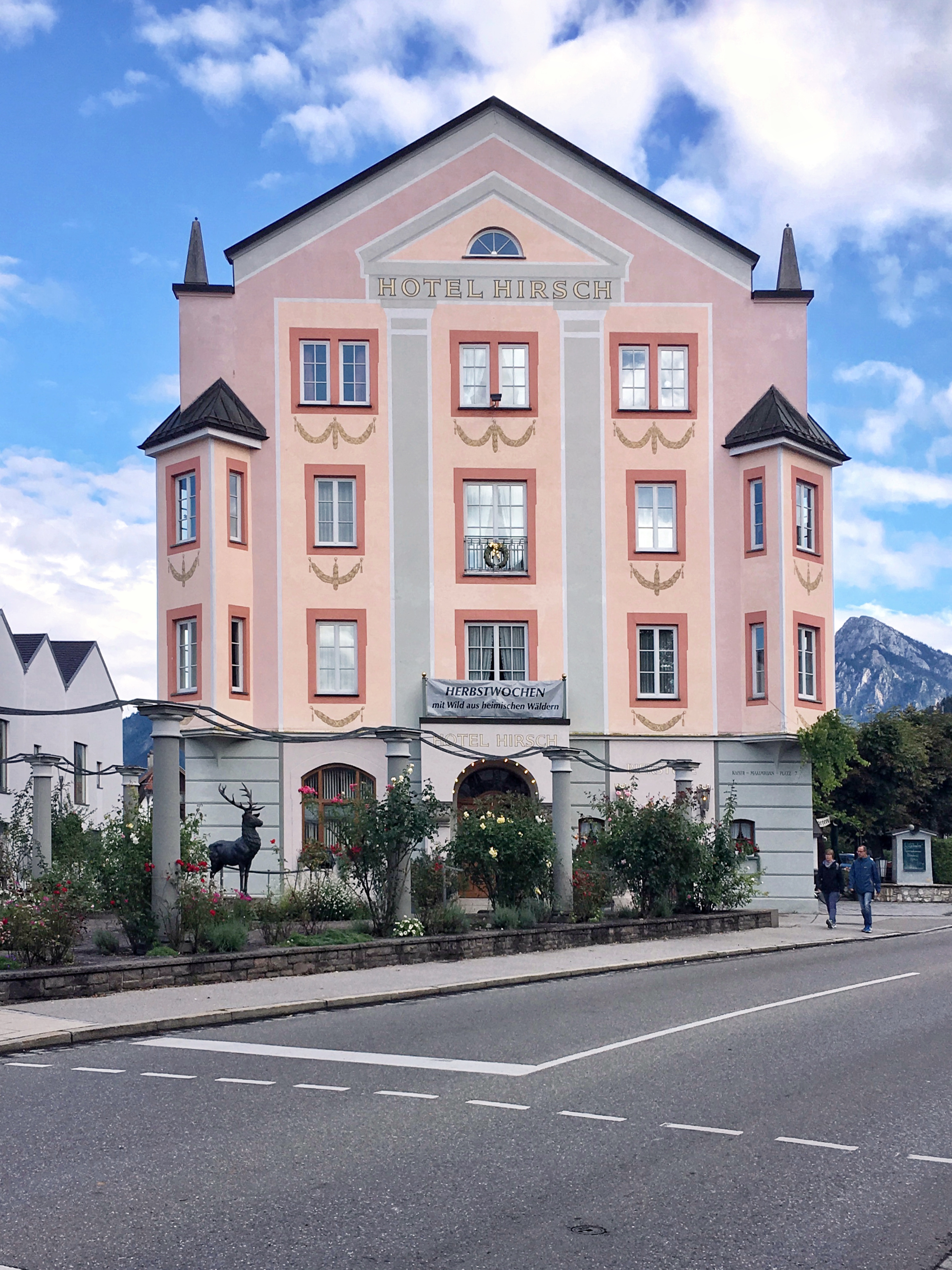
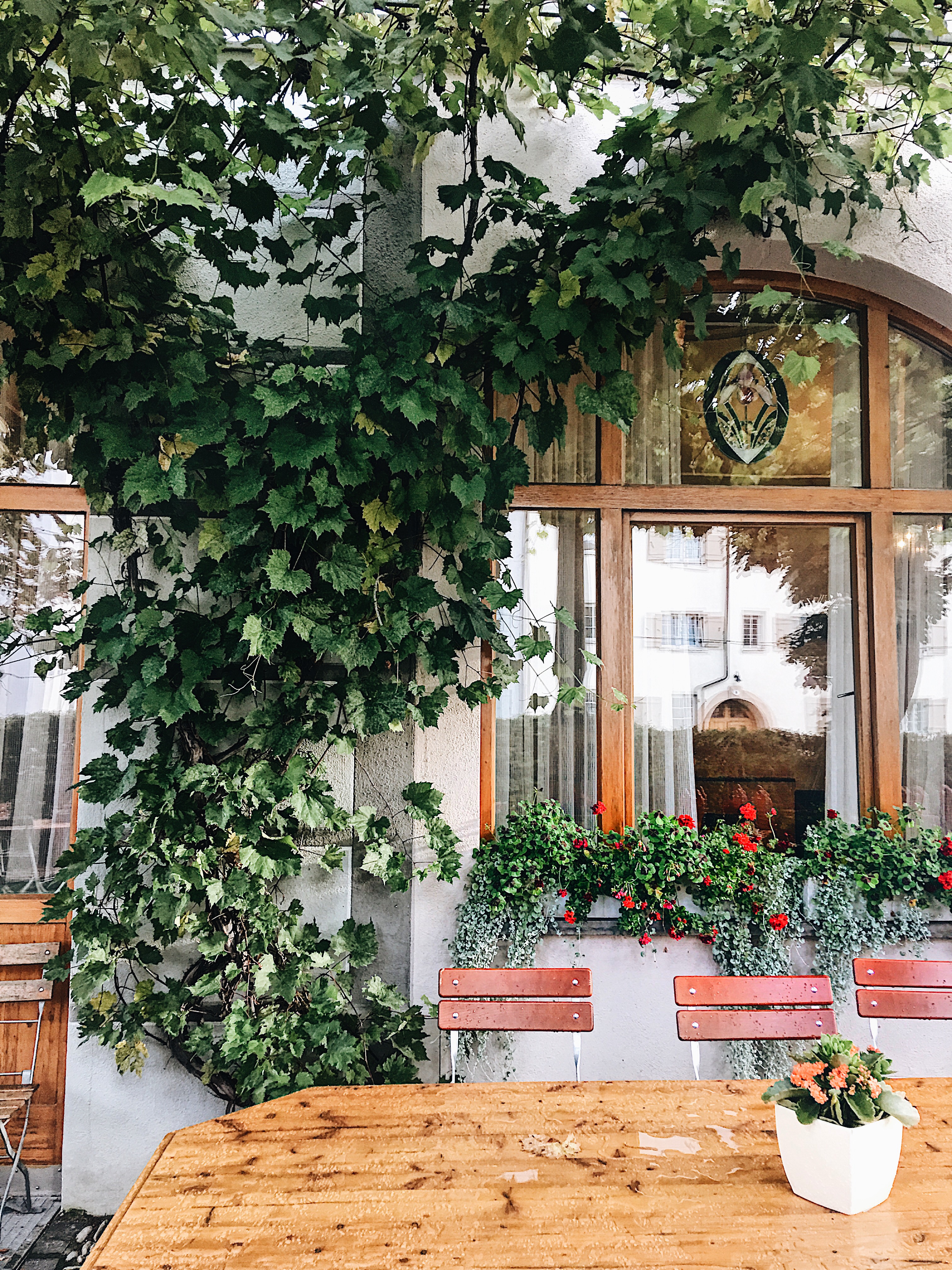
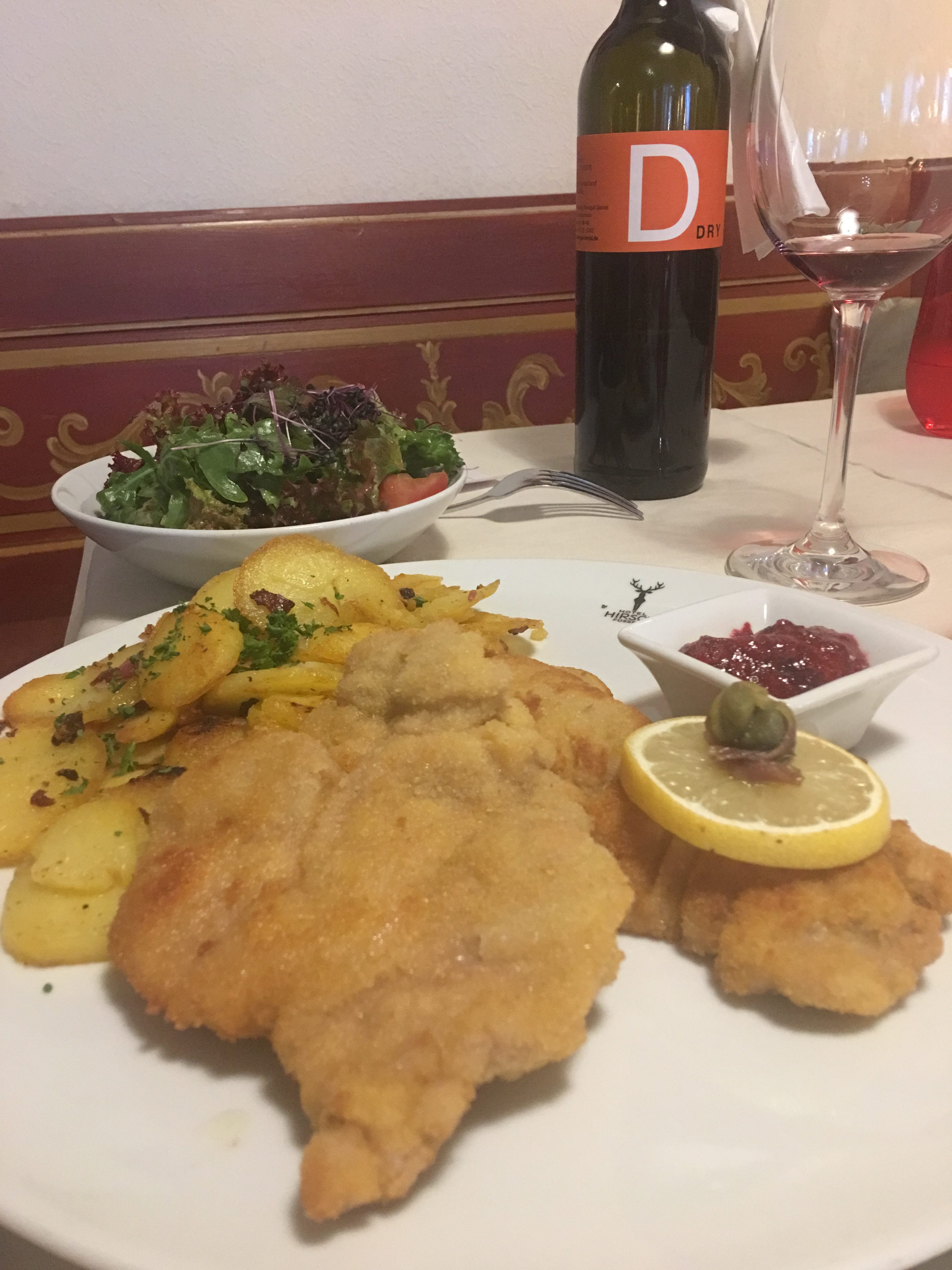
Day 2: Augsburg + Nordlingen + Dinkelsbuhl
Our first stop of Day 2 was the city of Augsburg (the largest city along the Romantic Road). The drive from Fussen to Augsburg takes about 1.5 hours. Augsburg is not a particularly romantic city, but it offered us an opportunity to stretch our legs and grab a spot of lunch. If you happen to visit Augsburg on a nice and sunny day, I’d recommend having drinks in the Rauthausplatz (big square in front of the Augsburg town hall).

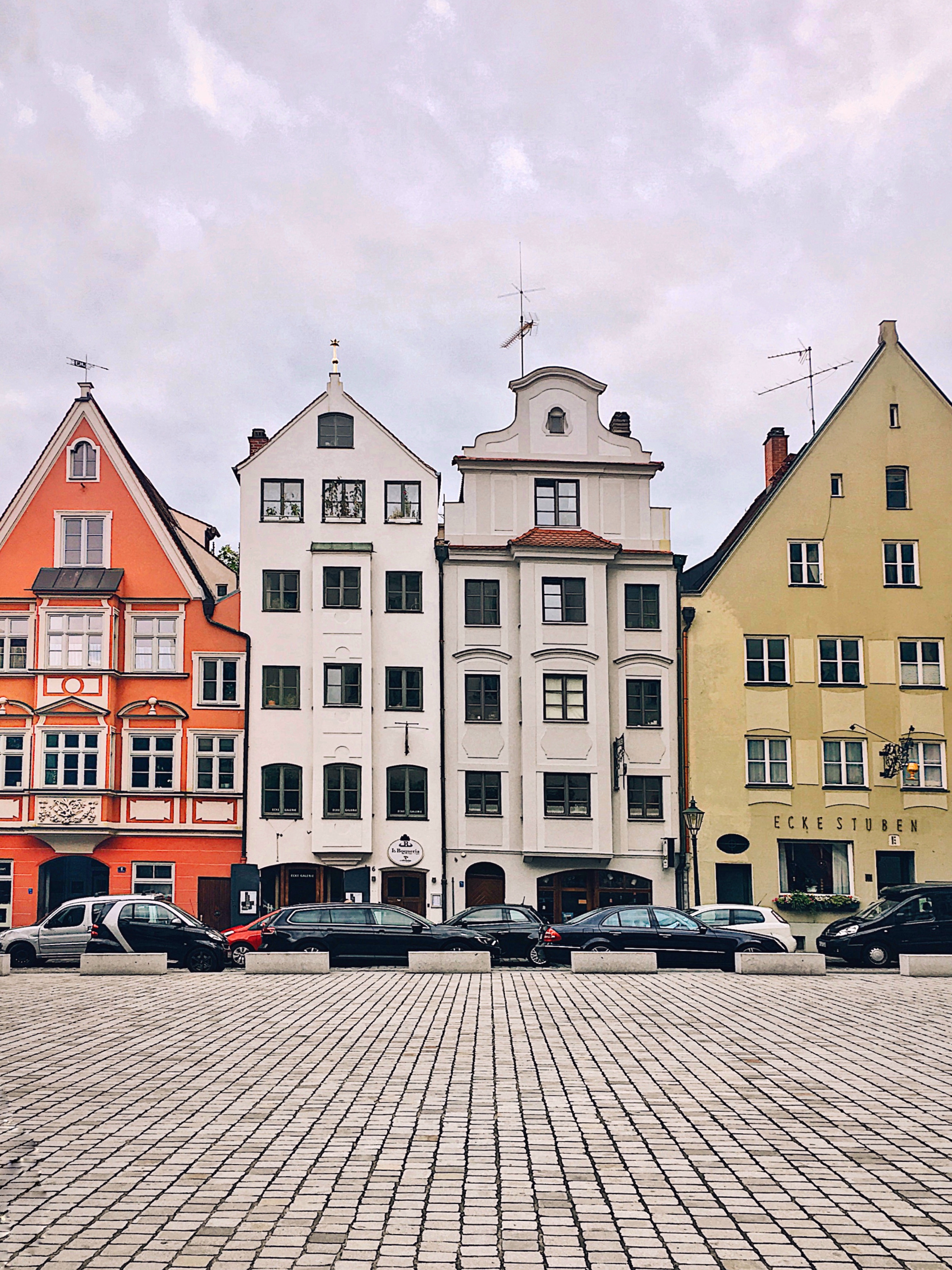

We then headed to Nordlingen, a quiet town and one of the more off-the-beaten path destinations along the Romantic Road. The purpose of our visit was to walk along the town wall (Nordlingen is one of the few towns in Germany where 100% of it’s medieval walls are still in-tact and accessible to visitors). It takes 1-2 hours to walk the entire town wall (almost 2 miles in length), but it’s worth doing as it offers panoramic views of the village.




FUN FACT: The Nordlingen Old Town is almost perfectly round, and the village sits near the impact point of a meteorite which crashed to the earth over 15 million years ago. Apparently, you can still see the crater ‘ring’ surrounding the town from the rooftops. And, as a result of the asteroid, many buildings in Nordlingen are actually embedded with millions of microscopic diamonds!
Afterwards, we made the short 30-minute drive from Nordlingen to the village of Dinkelsbuhl (the halfway point on the Romantic Road). This little village is an absolute gem and is bursting with color! It’s most famous for having colorful mercantile buildings – the village was untouched during World War 2 which means that most of the buildings are authentic and date back to the 15th and 16th centuries. Dinkelsbuhl was my favorite stop along the Romantic Road and should not be missed! It offers the charm of Rothenburg without the crowds, and you can spend time admiring the buildings without getting poked in the face by a selfie stick.




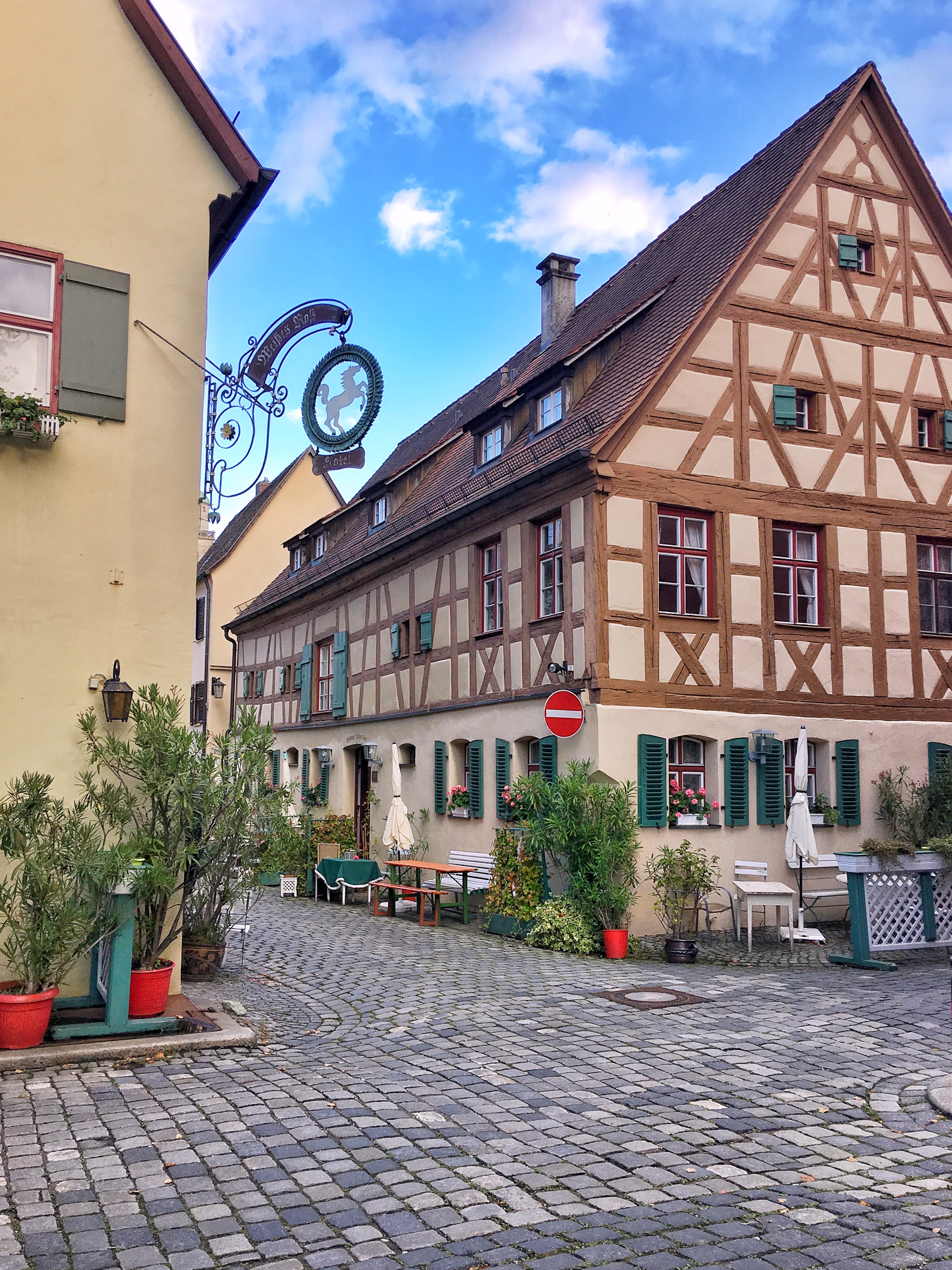

We ended Day 2 by making our way to Rothenburg ob der Tauber for the night. The drive from Dinkelsbuhl to Rothenburg ob der Tauber takes roughly 30 minutes.
Day 3: Rothenburg ob der Tauber
Rothenburg ob der Tauber is the most famous village along the Romantic Road (it also attracts the most tourists, rightly so). This fairy tale town is what storybook dreams are made of and deserved it’s own blog post, which you can read here. I would recommend an overnight stay in Rothenburg ob der Tauber (we stayed 2 nights) – the village completely transforms in the evening to a peaceful fairy tale oasis since the tourist coach buses tend to leave before dinner time.
Related Post: A Guide to Visiting Rothenburg ob der Tauber


Day 4: Weikersheim Castle + Wurzburg
Our first stop on Day 4 of our road trip was to Weikersheim Castle, a 30-minute drive away from Rothenburg. We didn’t think the Weikersheim Castle itself was particularly impressive (at least, not compared to Neuschwanstein)… but this could’ve been partly because the castle was only accessible via a guided tour offered in German (unfortunately, we don’t speak German so had to follow the tour with an English booklet in hand). In any case, the stop to Weikersheim was still worth it for the view of the magnificent Baroque-style gardens.




Our next stop was the town of Wurzburg (45-minute drive from Weikersheim). As I mentioned earlier, Wurzburg was one of the towns we were most excited to visit, mainly because my husband’s family is from the area. This scenic town is famous for being home to the Wurzburger residence (UNESCO World Heritage Site known as the “Castle above all Castles”) and for it’s production of Franconian wines.


Even though we didn’t get the chance to spend a lot of time in Wurzburg, we really enjoyed our time there. It’s hard to believe that the city was almost entirely destroyed during WW2. We spent a few hours roaming the cobblestoned streets of the town, and also enjoyed a hearty Bavarian lunch at an ancient ale house called Weinhaus Stachel.
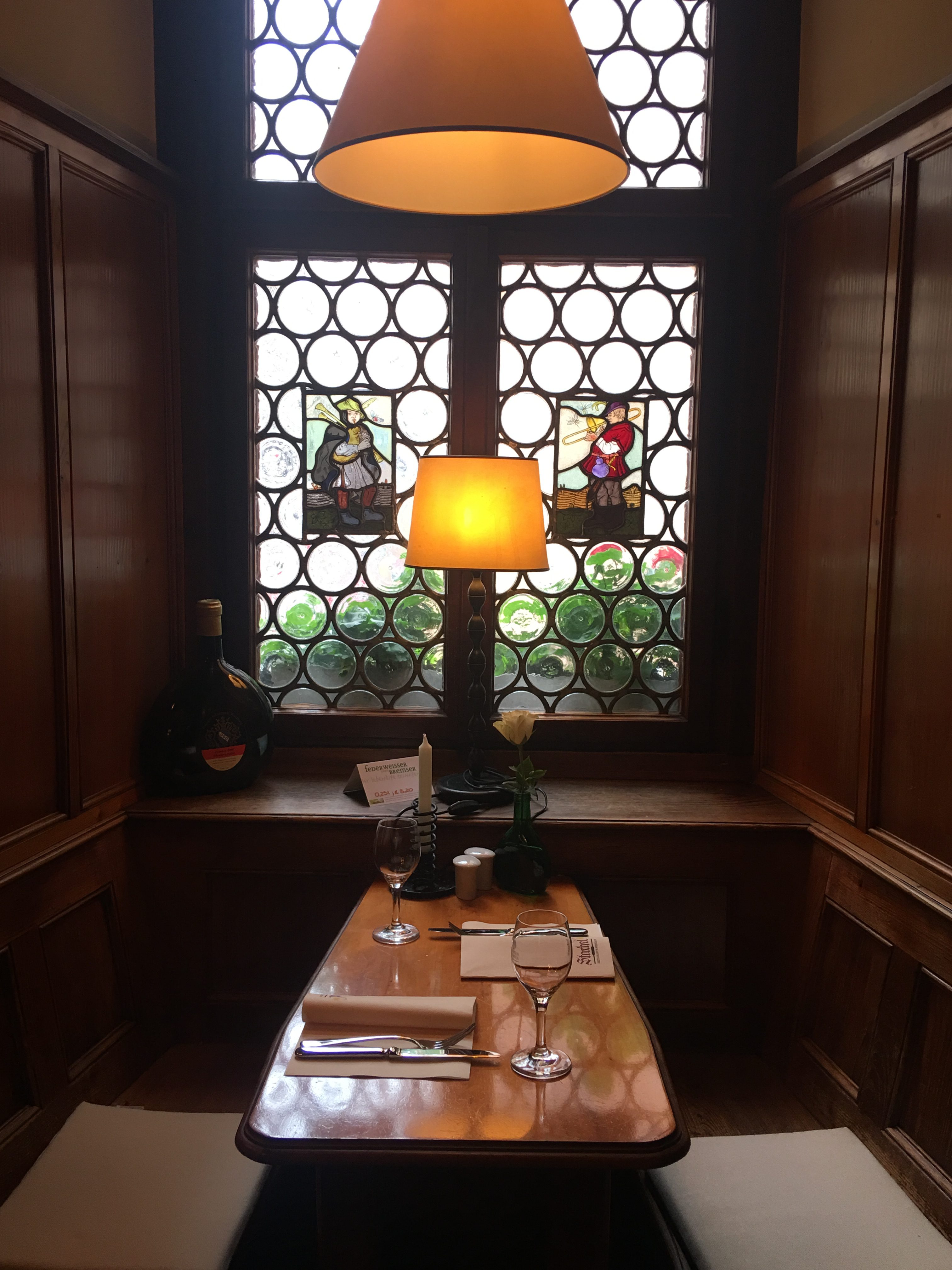
My favorite part of our visit to Wurzburg was crossing the Alte Mainbrucke (old bridge built in 1133) and visiting the Marienburg Fortress. The Marienburg Fortress is one of Wurzburg’s most prominent landmarks, and was originally built as a defensive structure against the Celts (later becoming home to the Prince Bishops of Wurzburg). While at the fortress, we were rewarded with spectacular panoramic views of the surrounding vineyards and the river Main.







TIP: The Mainbrucke is a popular place for locals to enjoy a glass of wine. We saw loads of people admiring the river views, chatting with friends with a cold glass of white wine in hand. If you have some time to spare, join in on the fun!
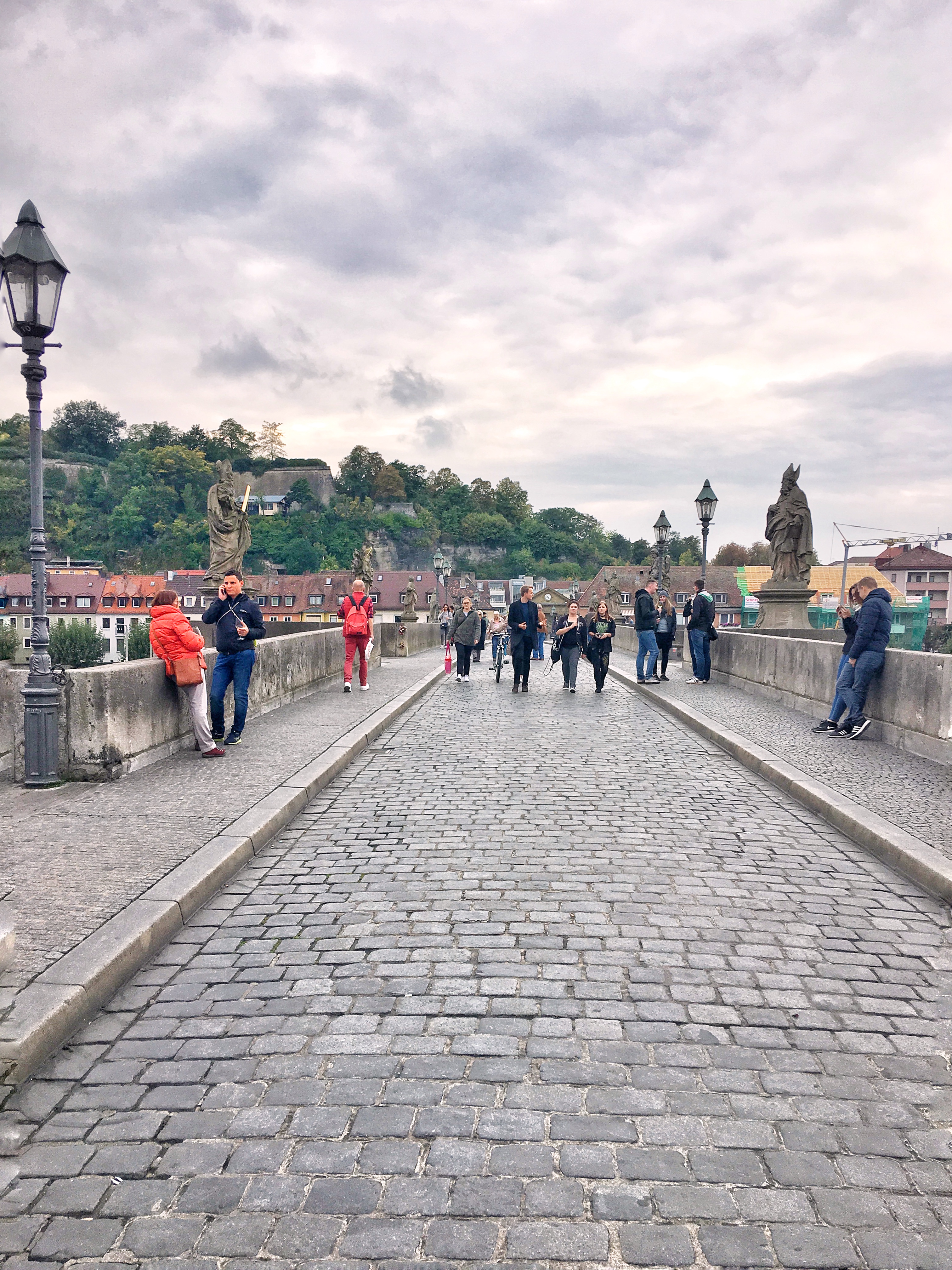

After a long day of exploring, we made the 1-hour drive from Wurzburg to Nuremberg and called it a night.
Day 5: Nuremberg + Munich
The last leg of our Romantic Road road trip was spent touring the city of Nuremberg. Alright alright, I know what you’re thinking….Nuremberg is not officially part of the ‘Romantic Road’ tourist route, but it was conveniently located on our drive back to Munich so we felt it was worth a stopover! We couldn’t have been more pleasantly surprised by the city! If you’re thinking of driving the Romantic Road, I would consider extending your trip by a day to spend time in Nuremberg. For a guide on how to spend a few hours in Nuremberg, check out my related blog post here. The drive back to Munich from Nuremberg takes roughly 2.5 hours.
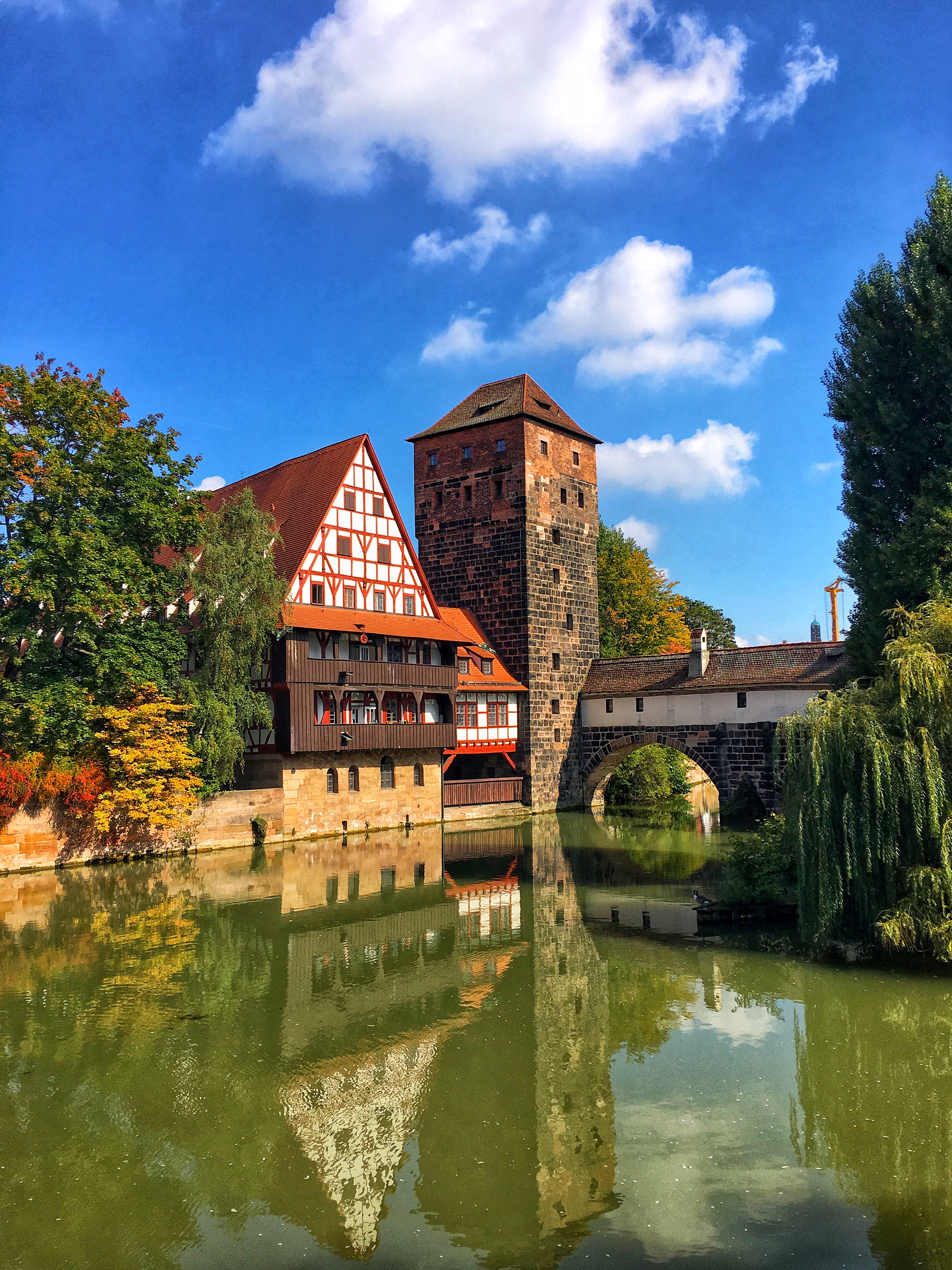

Have questions or need help planning a Romantic Road visit? Leave me a comment below!

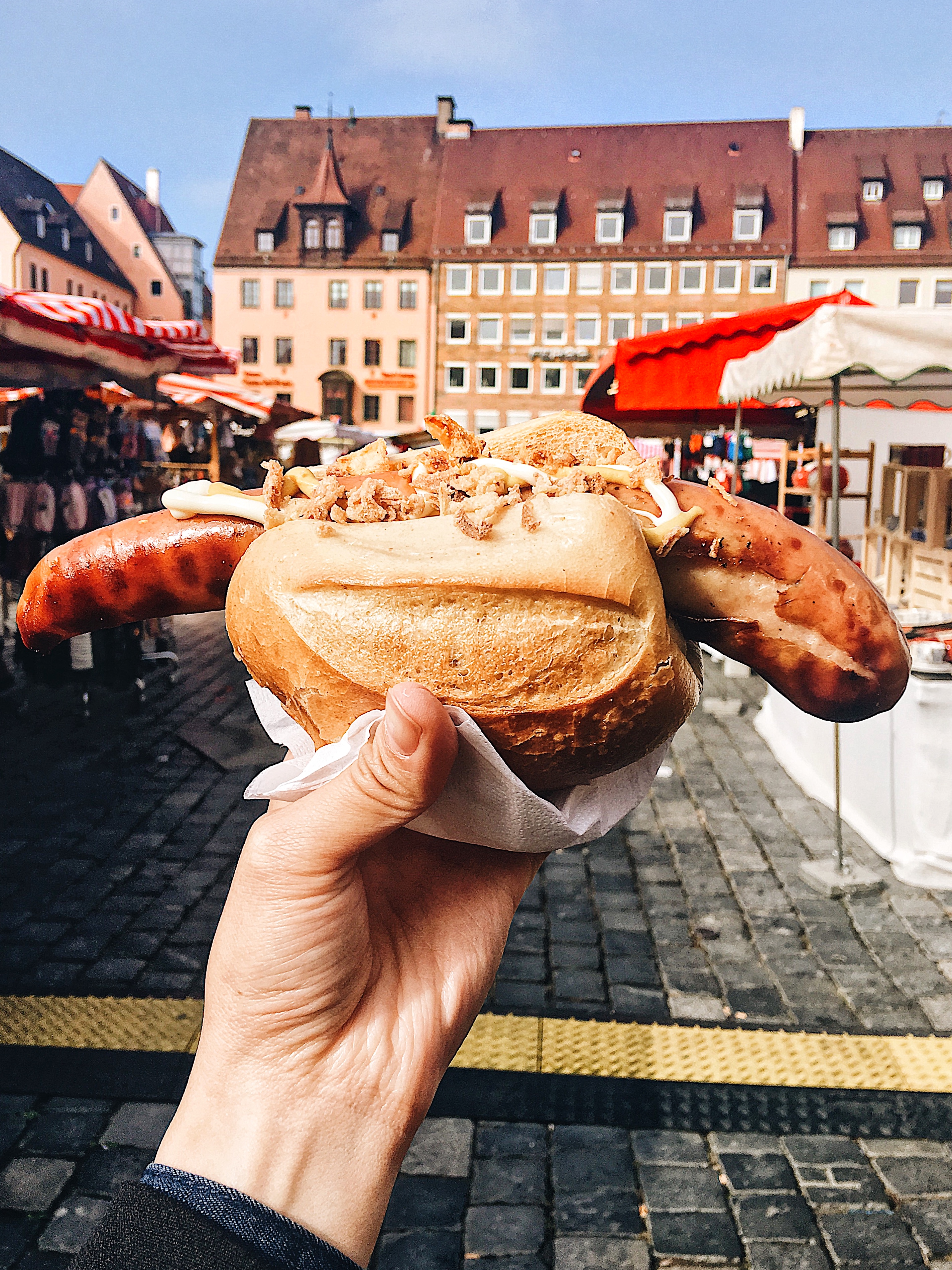
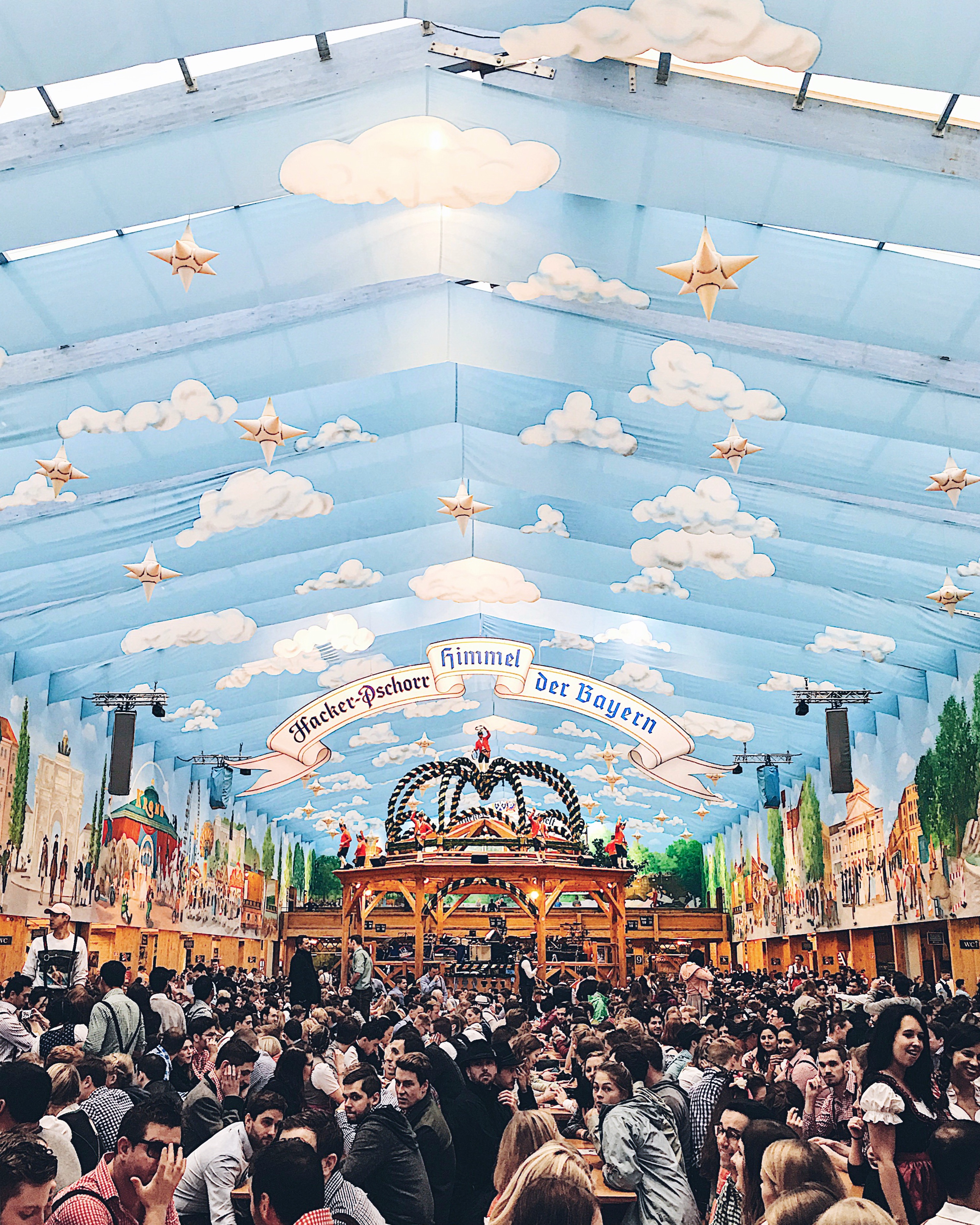
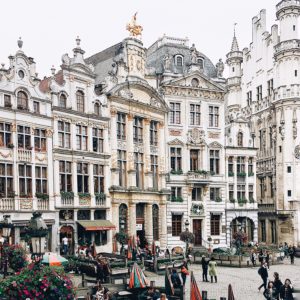

Leave a Reply